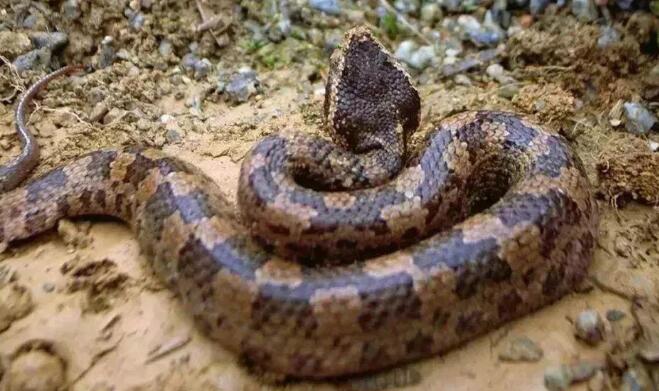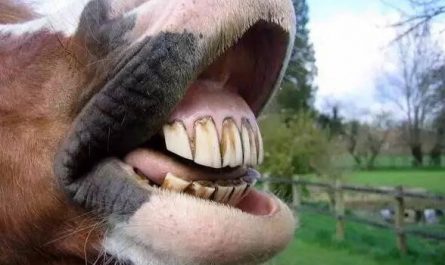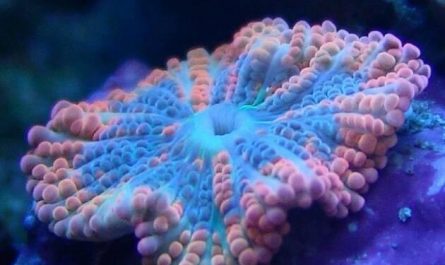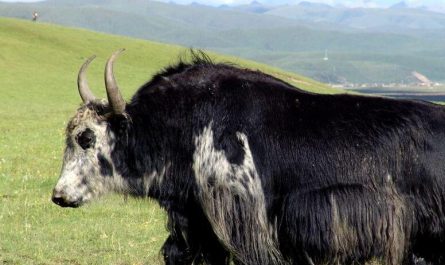The snake’s body is the cause of the coldness
Snakes belong to the class of reptiles. Reptiles are not as good as birds and mammals. They have developed a mechanism to maintain a constant temperature in the body by generating heat through metabolism. However, it is possible to keep warm or avoid heat through behavior to achieve the purpose of regulating body temperature. Reptiles are often called “cold-blooded animals”. In fact, it is more appropriate to call them “temperature-changing animals” or “external temperature animals”. Because the body temperature of reptiles will change with changes in the external environment temperature (with photos). This biological instinct is different from birds and mammals, which are “heated animals” or “endothermal animals”.
When the external environment is cold, snakes will expose their bodies to places where they can get sufficient heat sources, such as heating directly in the sun or on warm rocks. Once the body gets sufficient heat or overheating, they may enter under shelters In the shadows, or dig a hole to hide, or soak in water to cool the overheated body temperature. Usually their body temperature can be maintained in the range of 4~38℃, if it is higher or lower than this temperature range, they will die.
When the outside environment is too cold or too hot, the snake cannot adjust its body temperature to an appropriate temperature by itself, it will hide in a dormancy state (dormancy), with a very low metabolic rate, maintaining the lowest and most basic To survive this harsh environment. For example, in Northern Europe where the summer is very short, there is a species of northern adders that can hibernate in a cave for up to 8 months within a year, and only show up in summer when the daytime temperature is slightly warmer. Similarly, in hot, long and dry tropical areas in summer, snakes will hide in shady caves or hide under the bark and enter a state of aestivate, or they will only come out during midnight. Snakes in desert areas hide in caves most of the time to prevent overheating. To prevent the evaporation of water, they curl the body into a mass to reduce the surface area in contact with the outside world.
Since the heat absorbed by snakes from the external environment is far more than the heat produced by the body, the demand for food is not so much. Compared with mammals and birds of similar body size, snakes require less than one-tenth of the food intake of the first two and can maintain normal physiological functions. Therefore, snakes can still be seen in many harsh environments. trace. When food is scarce, snakes can not eat for several months. This may be a factor that some people keep snakes as pets. It seems to be very convenient to raise snakes. You don’t need to feed them frequently. You can bask in the sun and light a light bulb. Enough energy to survive.
Snake morphology and structure
Snakes walk in a variety of poses, either in a straight line or winding and forward, which is determined by the structure of the snake. The snake’s body has three parts: head, trunk and tail. The neck is between the head and the trunk, and the boundary is not very obvious. The trunk and tail are bounded by the cloacal anal hole. The snake has no limbs and its whole body is covered by scales, which can protect the skin. Snakes are divided into venomous snakes and non-venomous snakes. The head of non-venomous snakes is generally conical, with a thin front end and thick rear end; venomous snakes have a triangular shape; the trunk of the snake is long cylindrical; and the tail of the snake is after the anus.
The internal structure of snakes is divided into ten parts: skin system, skeletal system, muscle system, respiratory system, digestive system, clonal system, nervous system, sensory organs and chromosomes. Snake’s breathing: The breathing organ of a snake is the lungs.
Snakes have no nictitating membrane, lacrimal glands and active eyelids; no tympanic membrane, tympanic cavity atrophy, eustachian tube disappearance; the oval window of the inner ear and the square bone are connected by the ear column bone; no temporal fossa (but it is a double temporal fossa In offspring, snake skulls have degenerated or disappeared due to a large number of membranous bones, and there is no trace of the double temporal fossa); bone and sternum degeneration; vertebral body anterior concave type; except for the atlas and coccyx, the rest of the vertebrae are attached with movable ribs; in pairs The internal organs of the viscera are symmetrical to each other due to the influence of the body shape, or only one side is retained (python has a pair of lungs); no bladder
Snakes are reptiles because they have a special way of movement: one is meandering, and all snakes can crawl forward in this way. When crawling, the snake’s body bends horizontally on the ground, so that the back of the bend is applied to the rough ground, and the reaction force of the ground pushes the snake forward. If the snake is placed on a smooth glass plate, it will be difficult to move. I can’t crawl in this way. Of course, I don’t have to worry about snakes because there is no smooth ground like glass in nature. The second is a crawler exercise. The snake does not have a sternum, and its ribs can move freely back and forth. The ribs and abdominal scales are connected by ribs. When the costal skin muscles contract, the ribs move forward, which drives the wide abdominal scales to erect in turn, that is, slightly upwards. The upturned abdominal scales look like stepping on the ground, but only the abdominal scales move and the snake body Without moving, and then the rib skin muscles relax, the rear edge of the abdominal scales exerts force on the rough ground, pushing the snake body forward by reaction. The effect of this movement is to make the snake body crawl forward in a straight line, just like a tank. . The third method is telescopic movement. The front part of the snake body is lifted and stretched forward as far as possible. When it touches the supporting object, the back part of the snake body will follow it and move forward, and then lift the front part of the body and stretch forward to get the support. , And then retract the back forward, so that the snake can continue to crawl forward. Snakes that crawl slowly on the ground, such as lead-colored water snakes, will quickly and continuously expand and contract when shocked, speeding up the crawling speed, giving people the feeling of jumping.
In addition, snakes are auditory, but their auditory organs-that is, the structure of the ears are very simple, only the inner ear, without the outer ear and tympanic membrane structure, so the hearing is very dull.
The easiest way to distinguish between male and female snakes is to look at the tail, that is, “males are long and females are short”; the scientific method is to look at its cross-connector. The cross-connector of a female snake is its cloacal cavity. There is no special structure. The adapter is a pair of bag-shaped half penises (also known as double whip), located inside the base of the tail, and their shapes are also different. When mating, the inside of the bag is turned out of the body, which looks like a blooming flower at first glance. During mating, the half penis is inserted into the cloacal cavity of the female snake for in vivo fertilization, but only one half penis is used for each mating. During the breeding season, a male snake can mate with several female snakes one after another, but the female snake only mates once.
Types of snakes
There are about 3000 kinds of snakes in the world today, among which there are more than 650 kinds of snakes. There are 216 species of snakes in China and 65 species of venomous snakes.
Individual snakes vary greatly. The blind snakes distributed on the islands of Martinia and Barbados in the Caribbean Islands are the shortest non-venomous snakes in the world, only 9 cm long and 11.94 cm long. The largest venomous snake is the King Cobra, which is more than 5 meters long. The pythons distributed in Southeast Asia, Indonesia and the Philippines are generally more than 5 meters long, and the longest can reach about 10 meters. Anacondas in South America are larger, weighing about 200 kg. The largest python on record is the reticulated python caught in Indonesia, 14.85 meters long and 447 kilograms in weight, named “Osmanthus”. The most venomous snake among the terrestrial snakes in the world is the fine-scaled Taipan snake (commonly known as the inland Taipan snake). Its venom toxicity ranks first, and it is the out-and-out king of snakes. There is also a kind of snake called the coast climbing snake. Many people mistakenly think that the coast climbing snake is more powerful, but it is not the case at all. The coast climbing snake is slightly more toxic than the thin scales .






